Despite the fact that very few people could afford a personal computer, in the 80s the USSR was actively developing such devices. Many products were presented, and for you we prepared a list of the 10 coolest.
Agat (1984-1993)
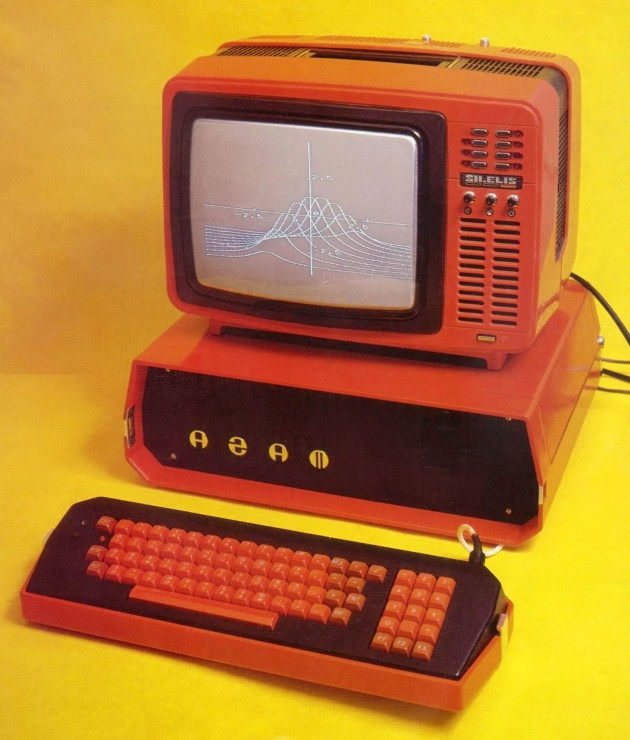
The computer “Agat” was the first such device, created for wide distribution and use in training. It was developed on the basis of Apple II, releasing in a batch production in 1984. Interestingly, it was produced right up to 1993. Hard disk “Agata” could hold up to 2 KB of information, but you could put additional memory modules. RAM – up to 128 KB depending on the computer generation. In the kit there were also two game joysticks.
The Corvette (1987)

“Corvette” was developed for work needs: it could process information, make calculations, compile archives of data. The personal computer was one of the foremost developments of the USSR and displayed graphics at high speed. The developers even claimed that this parameter was the best compared to the IBM PC. But because of the large amount of marriage allowed in production, the “Corvette” did not become popular and was famous for its unreliability.
“Lviv PK-01” (1986-1991)

Created in the Lviv Polytechnic Institute, “Lviv PK-01” was made for the organization of training in schools and institutes. On it you could read books, perform assignments or play. The external memory was a household tape recorder, and if necessary, you could connect a ROBOTRON printer to the computer. There were several modifications of “Lviv PK-01”, but all developments were canceled after the collapse of the USSR. And it’s a pity – the last version of the computer even got a display for 256 colors, and indeed, “Lvov PK-01” had a real potential to become a home computer for everyone.
Microsha (1987)
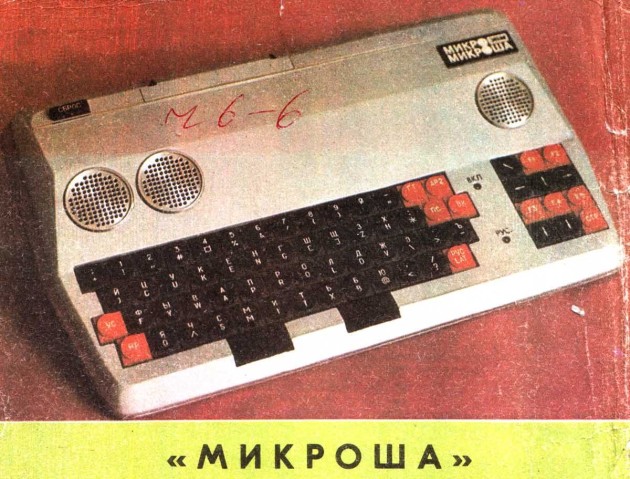
One of the first PCs designed, as they say, “for home, for the family.” You could display the image on a household TV, a cassette tape recorder served as a memory. Therefore, for the users released programs like text editor, assembler, calculator, games – and everything on the tapes. The price was also added to the “micro-chic” democracy: then it could be purchased for 500 rubles. Of course, a bit too much, but certainly not prohibitive.
“BC” (1983-1993)
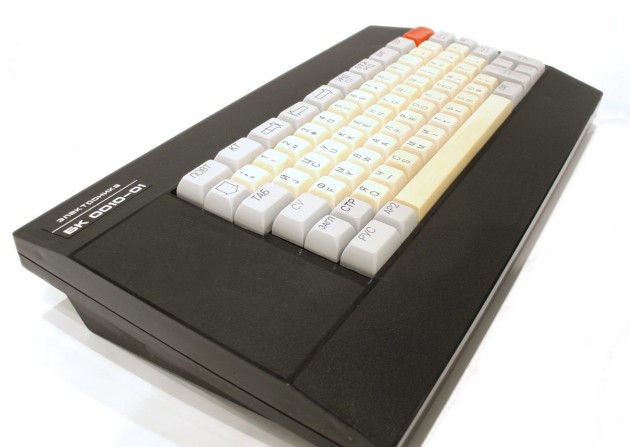
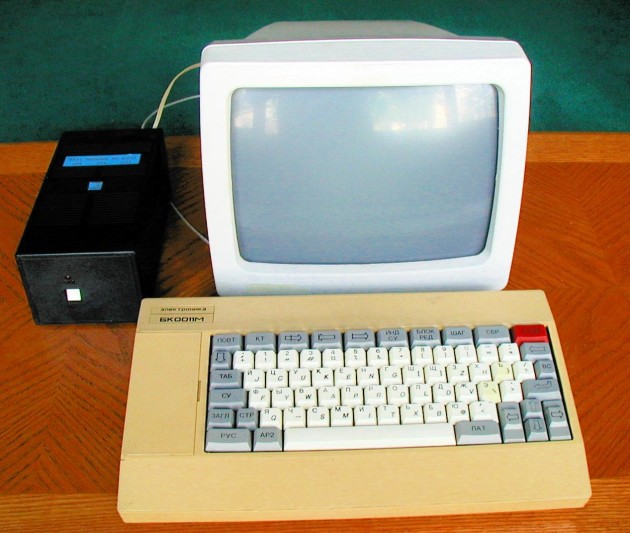
A series of “Household computers” was created for the home and educational institutions. It even became relatively popular: the price for such a device ranged from 600 to 750 rubles, which was commensurate with the cost of a good color TV. It exceeded the average salary by three to four times, but families could afford to save up for such a computer. “BK” was controlled by the first Soviet full-fledged DEMOS operating system, which was often jokingly called UNAS (“we”), parodying the well-known UNIX abroad (“they”).
Robotron 1715 (1984-1989)
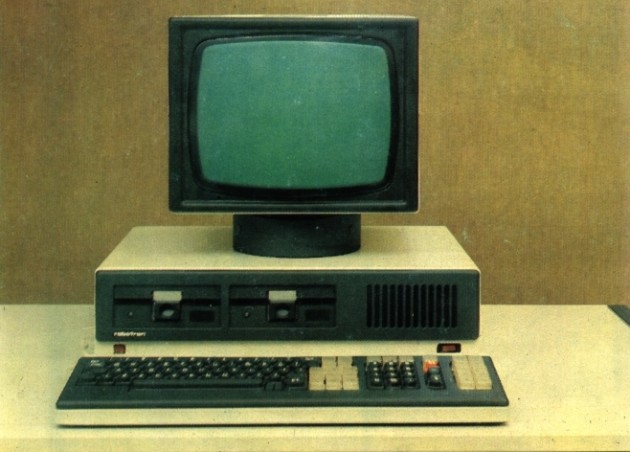

The amazingly functional computer Robotron 1715 was produced in the GDR and became popular due to the fact that it had ample opportunities. For example, the text editor was not just convenient, but also worked correctly with Cyrillic, compilers of programming languages - Pascal, for example – allowed to create complex programs. And there were quite a few games: “Tetris”, “Tic-tac-toe”, “Chess”, “Labyrinth”, Soviet analogues “Snake” and “Pakman”. Later, programmer Alexander Garnyshev created new games in which he managed to use the sounds of the printer as special effects for what is happening.
Iskra 1030 (1989)


Created for training, the computer “Iskra 1030” existed in two versions: one for teachers (with a hard disk) and one for students (without it). The device was quite competitive – the amount of operating memory was 256 KB, and it could be increased to 1 MB.
Radio-86RK (1986)
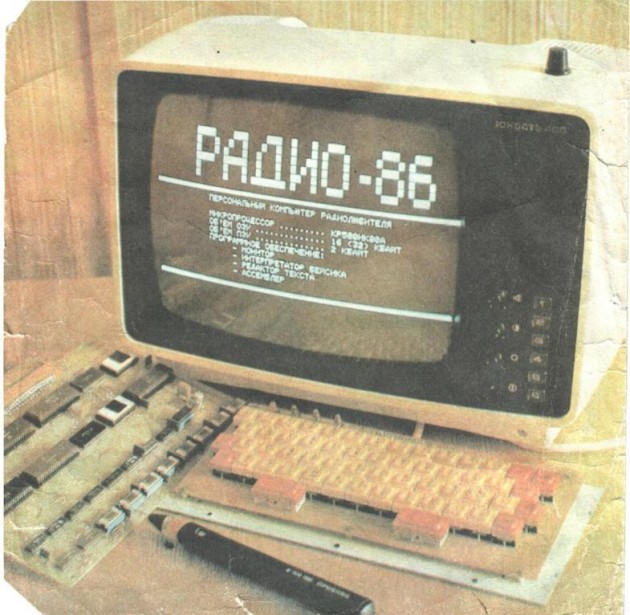
 Wikipedia
WikipediaA unique computer designed for enthusiastic engineers and radio. It was necessary to collect it yourself: buy parts, boards and mount all the components. Then the firmware was recorded, and the power unit, keyboard and case were made independently. As an output device, it was proposed to use a TV. “Radio-86RK” was very difficult to assemble, and even harder to debug. Therefore, he was not very popular.
“Krista” (1986)
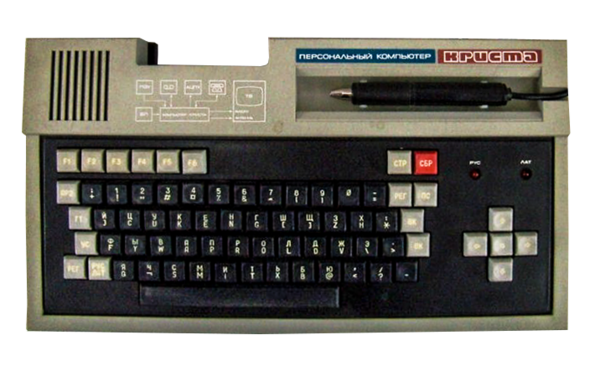
The computer worked on the Soviet analogue of the Intel 8080 processor and, in general, was very much like the Microsh. There was only one, but noticeable difference: “Crystal” could be controlled with a light pen, pressing them on the touch panel area. In addition, the set included a cassette, on one side of which were games “Oregon Trail” and “Kingdom of Euphoria” (in addition to the standard), and on the other – a few lessons to learn the language of BASIC.
“Apogee BK-01” (1988-1991)

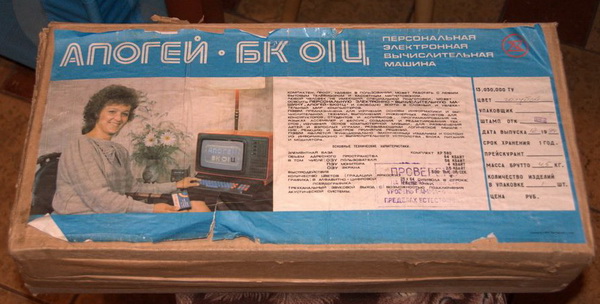
A computer that was not outstanding in its technical characteristics, certainly won in one: it cost 440 rubles. Users could play on it, write texts or store information. And students of technical departments received programs for calculations in higher mathematics and statistics.
Based on RBTH materials.
